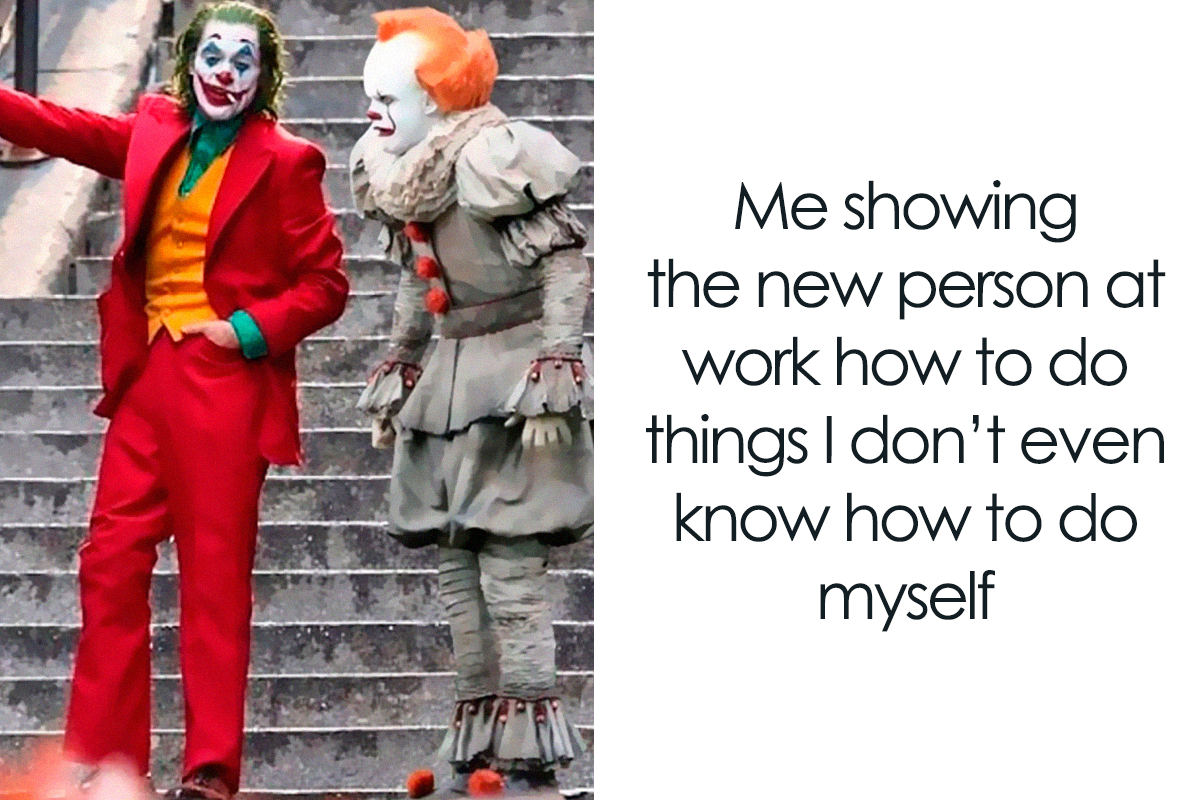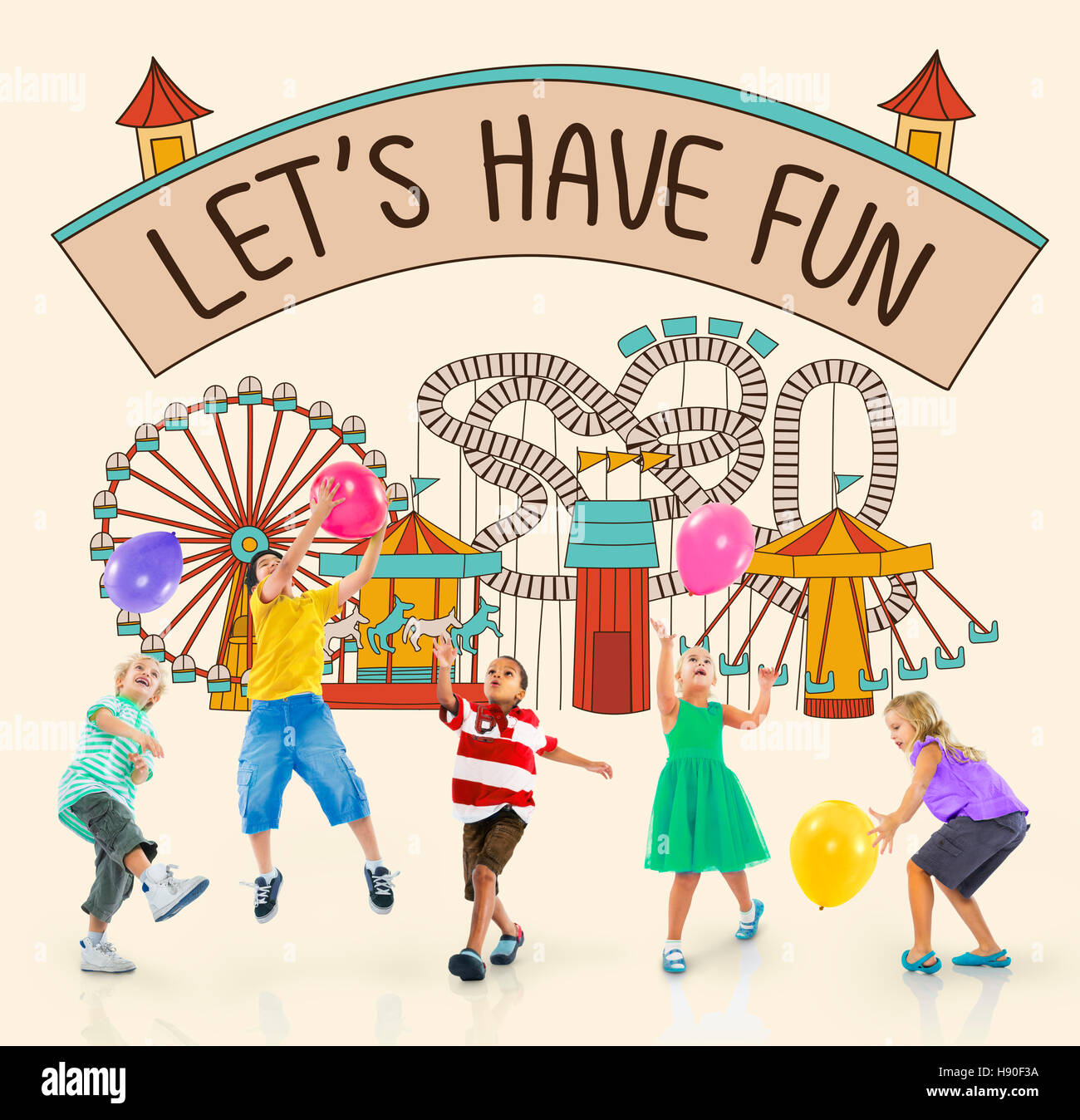
Memes and Money: How Internet Humor Can Nudge You Towards Financial Discipline
In the digital age, where information flows at breakneck speed, memes have emerged as a powerful and pervasive form of communication. These bite-sized nuggets of humor and cultural commentary have infiltrated every corner of the internet, from social media feeds to messaging apps. While often dismissed as frivolous distractions, memes possess a surprising ability to convey complex ideas in a relatable and engaging manner. In the realm of personal finance, memes are quietly revolutionizing the way we think about money, offering witty and insightful lessons on budgeting, saving, investing, and debt management.
The Power of Relatability
One of the key reasons why memes are so effective at teaching financial discipline is their relatability. Personal finance can often feel daunting and overwhelming, filled with jargon and complex concepts. Memes, on the other hand, distill these ideas into simple, humorous scenarios that resonate with a wide audience.
For instance, the "Distracted Boyfriend" meme, which depicts a man turning his head to look at another woman while his girlfriend looks on disapprovingly, has been adapted to illustrate the temptation to spend money on frivolous purchases instead of saving for long-term goals. In this version, the boyfriend represents the impulse to buy something unnecessary, the girlfriend symbolizes financial responsibility, and the other woman embodies the allure of instant gratification.
Similarly, the "Drake Yes/No" meme, which shows Drake approving of one option and disapproving of another, has been used to highlight the contrast between smart and poor financial choices. For example, Drake might approve of investing in a diversified portfolio and disapprove of spending all his money on designer clothes.
By using familiar and humorous formats, these memes make financial concepts more accessible and less intimidating, encouraging viewers to reflect on their own spending habits and consider making more responsible choices.
Breaking Down Complex Concepts
Beyond their relatability, memes also excel at breaking down complex financial concepts into easily digestible pieces of information. They often use visual aids, such as charts, graphs, and infographics, to illustrate key principles in a clear and concise manner.
For example, a meme might use a bar graph to compare the long-term returns of different investment options, such as stocks, bonds, and real estate. Another meme might use a pie chart to show how to allocate a budget across various expenses, such as housing, food, transportation, and entertainment.
By presenting financial information in a visually appealing and engaging format, memes can help viewers grasp complex concepts more easily and retain the information for longer.
Promoting Positive Financial Habits
In addition to educating viewers about financial concepts, memes can also play a role in promoting positive financial habits. They often use humor and satire to poke fun at common financial mistakes, such as overspending, impulse buying, and neglecting to save for retirement.
For example, a meme might depict a person drowning in debt, with the caption "Me trying to pay off my student loans while also keeping up with the latest trends." Another meme might show a person regretting their past spending habits, with the caption "Me looking at my bank account after a weekend of online shopping."
By highlighting the consequences of poor financial choices in a humorous and relatable way, these memes can encourage viewers to adopt more responsible spending habits and prioritize their financial well-being.
Building a Community of Financial Awareness
Memes also have the power to foster a sense of community and shared understanding among individuals who are interested in improving their financial literacy. Online platforms like Reddit, Twitter, and Instagram are filled with meme-sharing groups and communities dedicated to discussing personal finance topics.
These online communities provide a space for individuals to share their experiences, ask questions, and learn from one another. Memes serve as a common language that facilitates communication and creates a sense of camaraderie among members.
By connecting individuals with similar financial goals and challenges, these online communities can provide support, encouragement, and motivation to stay on track with their financial plans.
Examples of Financial Discipline Memes
Here are a few examples of memes that teach financial discipline:
- The "Stonks" Meme: This meme, featuring a crudely drawn graph with an upward-trending line, is often used to celebrate successful investments or savvy financial decisions. It can also be used ironically to poke fun at risky or ill-advised investments.
- The "Woman Yelling at a Cat" Meme: This meme, which depicts a woman yelling at a white cat sitting at a dinner table, has been adapted to illustrate the frustration of dealing with unexpected expenses or financial setbacks.
- The "Success Kid" Meme: This meme, featuring a baby clenching his fist in a gesture of triumph, is often used to celebrate achieving a financial goal, such as paying off debt or reaching a savings milestone.
- The "Is This a Pigeon?" Meme: This meme, which shows a confused character mistaking a butterfly for a pigeon, has been used to illustrate the importance of understanding financial concepts before making investment decisions.
The Future of Financial Memes
As memes continue to evolve and adapt to the ever-changing digital landscape, their potential to educate and inspire individuals about personal finance will only grow stronger. In the future, we can expect to see more sophisticated and interactive memes that incorporate gamification, personalized content, and artificial intelligence.
For example, a meme might use augmented reality to allow users to visualize the impact of their spending habits on their long-term financial goals. Another meme might use machine learning to personalize financial advice based on an individual’s unique circumstances and risk tolerance.
By leveraging the power of technology and creativity, memes can become an even more effective tool for promoting financial literacy and empowering individuals to take control of their financial futures.
Criticisms and Considerations
While memes can be a fun and accessible way to learn about personal finance, it’s important to approach them with a critical eye. Memes are often oversimplified and may not provide a complete or accurate picture of complex financial issues.
Additionally, some memes may promote harmful stereotypes or unrealistic expectations about money. It’s important to remember that personal finance is a highly individual matter and that what works for one person may not work for another.
Conclusion
Despite their limitations, memes have emerged as a powerful and engaging tool for teaching financial discipline in the digital age. By using humor, relatability, and visual aids, memes can make complex financial concepts more accessible and less intimidating, encouraging viewers to reflect on their own spending habits and consider making more responsible choices.
As memes continue to evolve and adapt to the ever-changing digital landscape, their potential to educate and inspire individuals about personal finance will only grow stronger. By embracing the power of memes and using them responsibly, we can create a more financially literate and empowered society.



